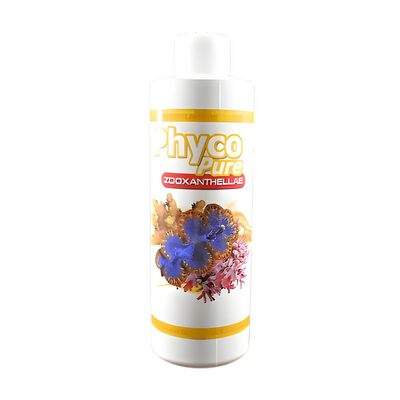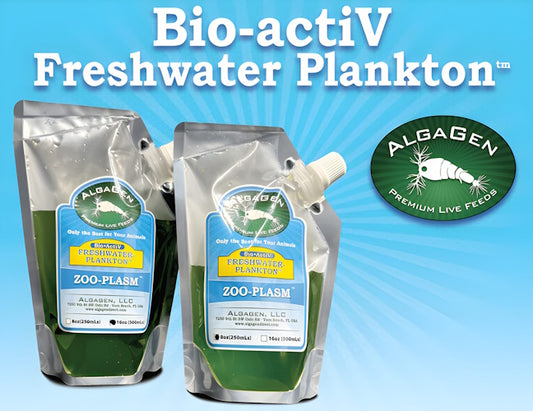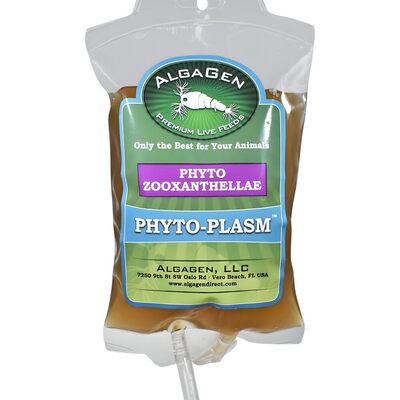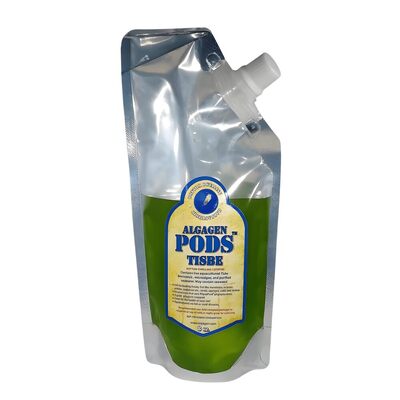Ever wonder why some aquariums stay crystal clear while others struggle with cloudy water or algae?
The secret is effective filtration. This guide explains the main types of aquarium filters, how they work, and practical maintenance tips to keep your aquatic ecosystem thriving. Whether you keep freshwater or saltwater tanks, understanding filtration will help you create a healthier, more beautiful aquarium with less effort.
What Is Aquarium Filtration?
Filtration is the process of removing waste, toxins, and debris from your aquarium water.
A good filter supports water clarity, fish health, and a stable environment by handling three main tasks:
- Mechanical Filtration: Captures physical debris like uneaten food, fish waste, and plant matter using sponges, pads, or filter floss.
- Biological Filtration: Uses beneficial bacteria to break down harmful ammonia and nitrite into less toxic nitrate, supporting the nitrogen cycle.
- Chemical Filtration: Removes dissolved substances (like odors, medications, or tannins) using activated carbon, resins, or specialty media.
Main Types of Aquarium Filters
| Filter Type | How It Works | Best For | Maintenance |
|---|---|---|---|
| Hang-on-Back (HOB) | Hangs on tank rim, pulls water through cartridges/pads | Beginner tanks, small–medium aquariums | Rinse/replace pads weekly; clean impeller monthly |
| Canister | External unit, water pumped through media trays | Large tanks, planted or heavily stocked setups | Clean media monthly; replace carbon every 4–6 weeks |
| Sponge | Air-driven, water drawn through sponge | Breeding tanks, shrimp tanks, fry tanks | Squeeze sponge in tank water every 2–4 weeks |
| Internal | Submersible, sits inside the tank | Small tanks, quarantine tanks | Rinse media every 2–4 weeks |
| Undergravel | Water pulled through substrate by airlift or powerhead | Old-school freshwater tanks, low-tech setups | Vacuum gravel weekly; deep clean every 6–12 months |
| Fluidized Bed | Sand or media suspended in water flow | High-bio-load tanks, advanced setups | Check flow and clean intake monthly |
How to Choose the Right Filter
- Match filter size to your tank volume (aim for 4–10x turnover per hour).
- Consider livestock—delicate fish may prefer gentle sponge filters, while large tanks need canister or HOB filters.
- For planted tanks, choose filters with adjustable flow to avoid disturbing plants.
- Saltwater tanks often benefit from canister or sump filtration for extra capacity.
Maintenance Tips for Crystal-Clear Water
- Rinse mechanical media weekly in a bucket of tank water (not tap water) to preserve beneficial bacteria.
- Replace chemical media (like carbon) every 4–6 weeks, or as directed.
- Clean filter impellers and hoses monthly to prevent clogs and maintain flow.
- Never clean all filter media at once—alternate cleaning to keep bacterial colonies stable.
- Vacuum substrate regularly to prevent debris buildup and support undergravel or sponge filters.
FAQs: Filtration and Aquarium Care
Q: Do I need all three types of filtration?
A: Most filters combine at least two types (mechanical and biological). Chemical filtration is optional but useful for removing odors, meds, or discoloration.
Q: How often should I clean my filter?
A: Rinse mechanical media weekly, clean biological media monthly, and replace chemical media as needed. Never use soap or hot water—always use tank water.
Q: Can I run more than one filter?
A: Yes! Many aquarists use a combination (like a sponge and HOB) for redundancy and better water quality.
Pro Tips for Beginners and Advanced Aquarists
- Prime new filters with bottled bacteria or by running them alongside an established filter for faster cycling.
- Monitor flow rates—reduced flow may signal clogged media or impeller issues.
- Add pre-filter sponges to HOB or canister intakes to protect fry and shrimp.
- Keep a backup air pump and sponge filter for emergencies or power outages.
- Choose the right filter for your tank size and livestock.
- Combine mechanical, biological, and chemical filtration for best results.
- Maintain filters regularly for clear water and healthy fish.
- Don’t overclean—preserve beneficial bacteria for biological balance.
“A well-maintained filter is the heart of a thriving aquarium—keep it clean, and your fish will thank you with vibrant health and crystal-clear water.”
Further Reading & Product Spotlight
For more tips and advanced filtration strategies, see Copepods and Amphipods: A Complete Care Guide and Top 5 Live Feeds for Thriving Reef Tank Ecosystems.
Conclusion
Understanding filtration is the first step to a healthy, low-maintenance aquarium.
With the right filter, regular care, and a little know-how, you’ll enjoy clear water, vibrant fish, and a thriving aquatic world—naturally.





Recent post